Assignment X – Participatory Services


Old books – old thinking
I have held a traditional view of libraries as being stacks and stacks of books – each book an individual hidden world to which I could escape. My youth was one finding solace in distant exotic planets, misty eldritch worlds, and noble and heroic kingdoms.
As I have come to re-discover libraries in my adulthood, I see a library that has evolved to embrace an idea that Karen Schneider expressed as “we are a service, not a format.” Schneider was talking specifically about the debate the profession has had re: the form of the information libraries provide, but I feel that in that idea is also seen the move from library as warehouse of knowledge, to public space. A place where the public comes to engage in information seeking, of course, but also to connect with each other, get real-world support, and to engage with the history and the future of their civic society. As O’Brien put it “We need a space for people to connect that’s free, that’s open. It’s an expensive city to live in,” she added. The library is “a place where you can go and be part of a community.”
The public library has risen to meet the public where they are, as documented in Ferrell’s “Free Things you can do with an SF Public Library Card”. Casey O’Brien describes this trend in discussing San Francisco’s Public Libraries patron creation space. ““The Mix” was created using grant funding from the MacArthur Foundation and the Institute for Museum and Library Services. A team of teenagers worked with an architect to design the space. Cormier laughed as she pointed to the small staff offices in the corner. “They said, ‘You have too much space for staff. It should be a youth space.’ So of course, that’s what we did,” she said, referring to the choice to shrink the square footage allotted to staff.”
I was lucky enough to come across this space on a visit to the library when I was in San Francisco and got a brief tour by a staff member. It was Inspiring and cemented the idea that the library is not what I remember from my youth – a place to escape into, but is in fact something much bigger, better, and inviting.

The Mix at the San Francisco Public Library Main Branch – photo by grafzepp

Music popular with San Francisco’s skateboarders – photo by grafzepp
This is in part what I now know as participatory service. This was brought home to me when I began exploring the idea of taking up this study and I was lucky to be introduced to the principal librarian at the National City Public Library. NCPL is a single-branch library for a small, incorporated community in San Diego County. It is large and well-funded and keenly connected to their community. When I visited, I was shown a large floor with university-style stacks – tall, close together, jammed with books. I was silently impressed – this is a library! When I realized my host was saying “The next thing we are doing is getting rid of a third of these stacks!” What?! Yes, she replied, this is a terrible setup for discovery and exploration. I started listening carefully as she took me through their maker spaces, their art rooms, home and garden tool library, their reference area for home auto repair – services and resources for doing things, not just escaping into books. And all of these were conceived and created in part with patron input. As I started my MLIS program I volunteered at my local branch and got to spend some time in their Tinker Tuesday maker space program as a coach and on some personal travels I have noticed the opportunities for patrons to participate and contribute to the institution’s experience at numerous libraries and museums. Invitations to create art for other patrons to discover and an opportunity to make music with music tracks created by Frank Waln, a Native American DJ and music producer.

San Diego Public Library Knox Branch Tinker Tuesday.

A kid made their own Led Zeppelin shirt using a simple drawing program, matte cutter, and heat press.

Art created by patrons and displayed at Tony Foster Museum – photo by grafzepp

Create music at the Field Museum in Chicago with Frank Waln – photo by grafzepp
I was a skeptic of the “wisdom of crowds” when the idea became popular twenty years ago, as my professional life in video game development reinforced the “professional knows best” approach to media, but I have come around to full acceptance that the public library is there to serve patrons in a collaborative manner, meeting them where they are, and inviting them to participate in creating the institution that serves them. Starting with maker spaces, art supplies, and home and garden tools, that reciprocity of interaction should lead to collaborative design of services and programs. The community of library patrons should have a voice in creating the public experience which is their library, and the examples of maker spaces, studios, and shared creativity is a wonderful way to begin collaboration.
Resources
Recent Library Discoveries – The Stacks
YOUmedia at Chicago Public Library
O’Brien, C. (2019). How San Francisco Libraries are Embracing Their Changing Role.
Ferrell, J. (2022). 13 Things You Didn’t Know You Could Do With an SF Library Card.

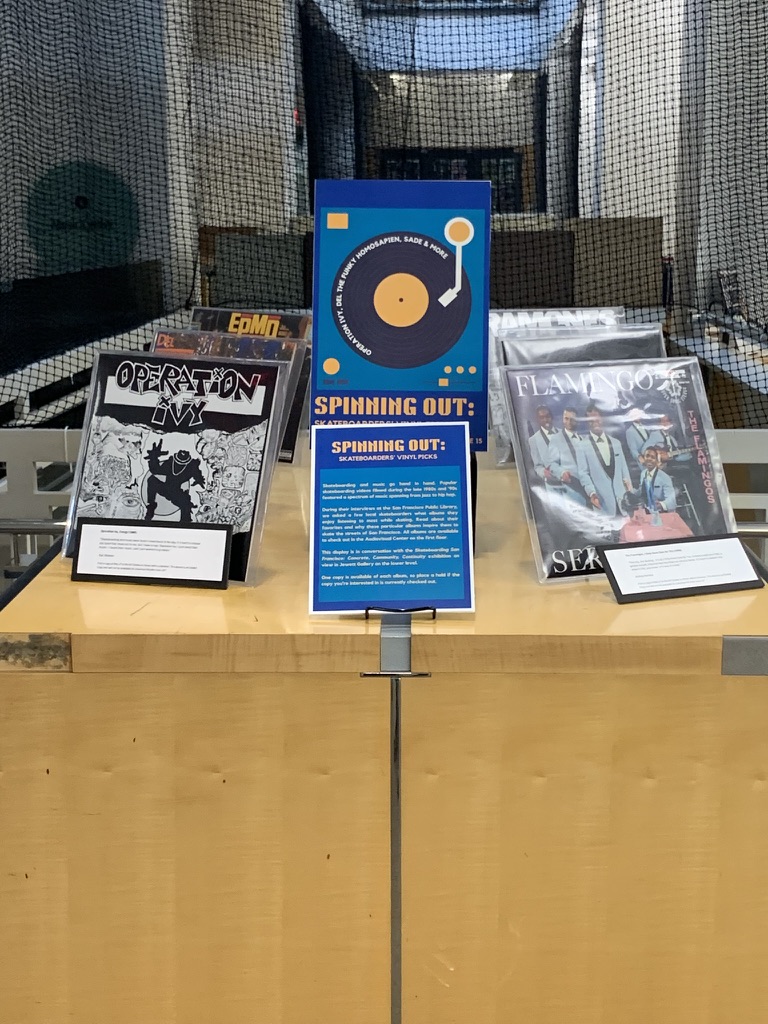
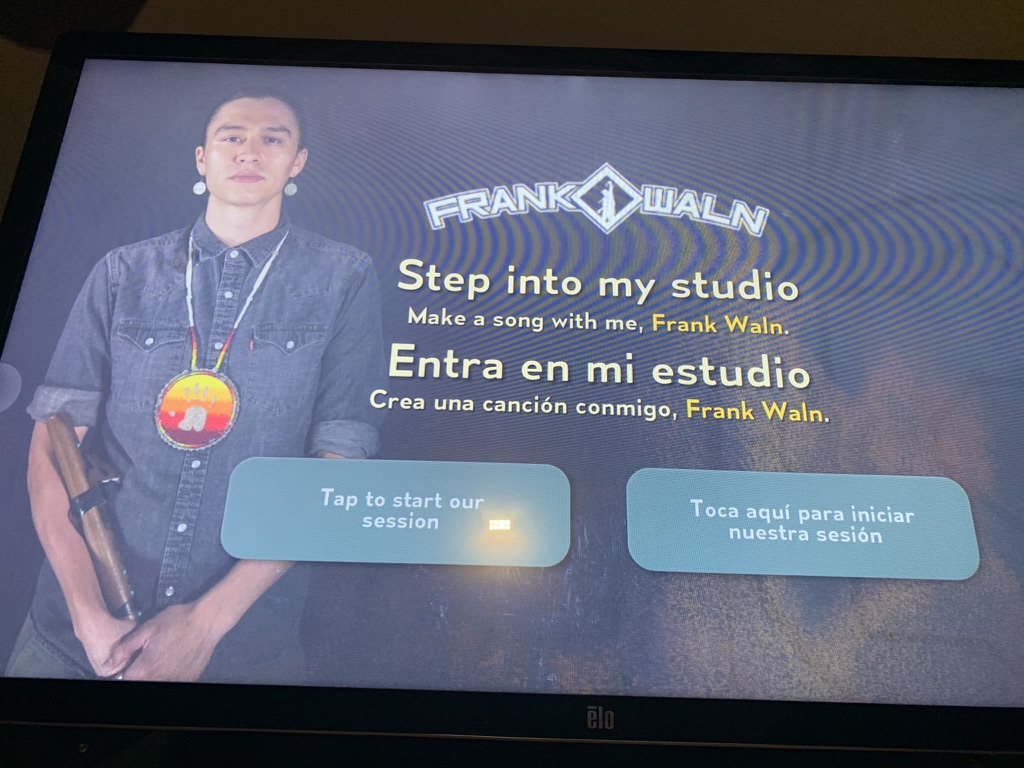


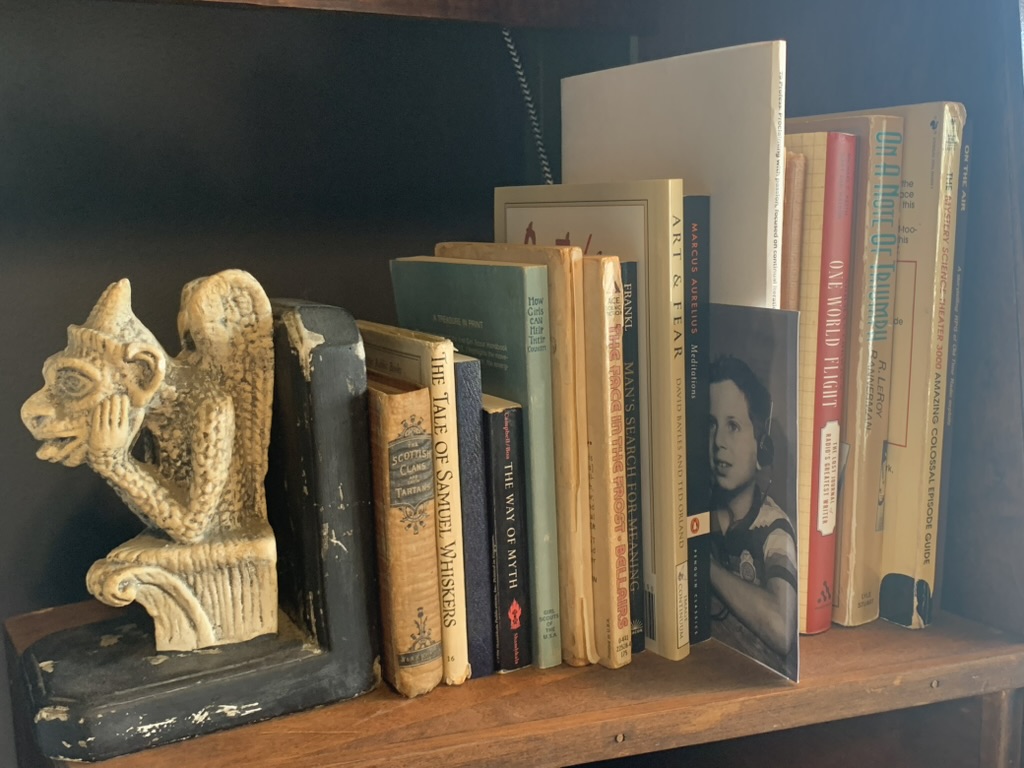

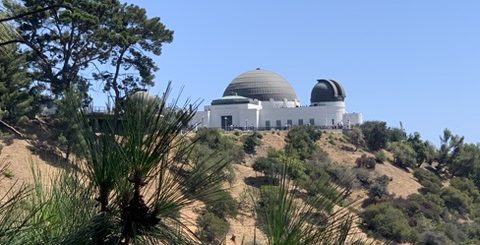
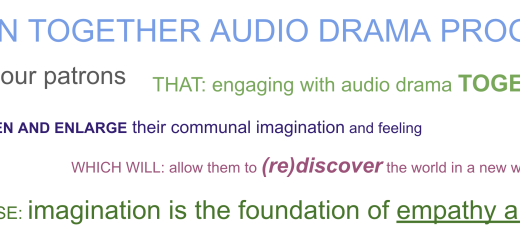

Hey @grafzepp, I love how you describe this shift. It really shows how libraries grow alongside their communities.
The move away from “just stacks” toward spaces for making, creating, and connecting highlights how libraries adapt to emerging technologies and changing needs. Maker spaces, digital tools, and participatory programs don’t replace the traditional role of books — they expand it, giving patrons new ways to learn and express themselves.
By inviting community voices into that growth, libraries ensure they remain relevant and essential — a place where past, present, and future meet.
Bevin
Thanks, Bevin
Great point on expansion and not replacement, important to remember, thank you!